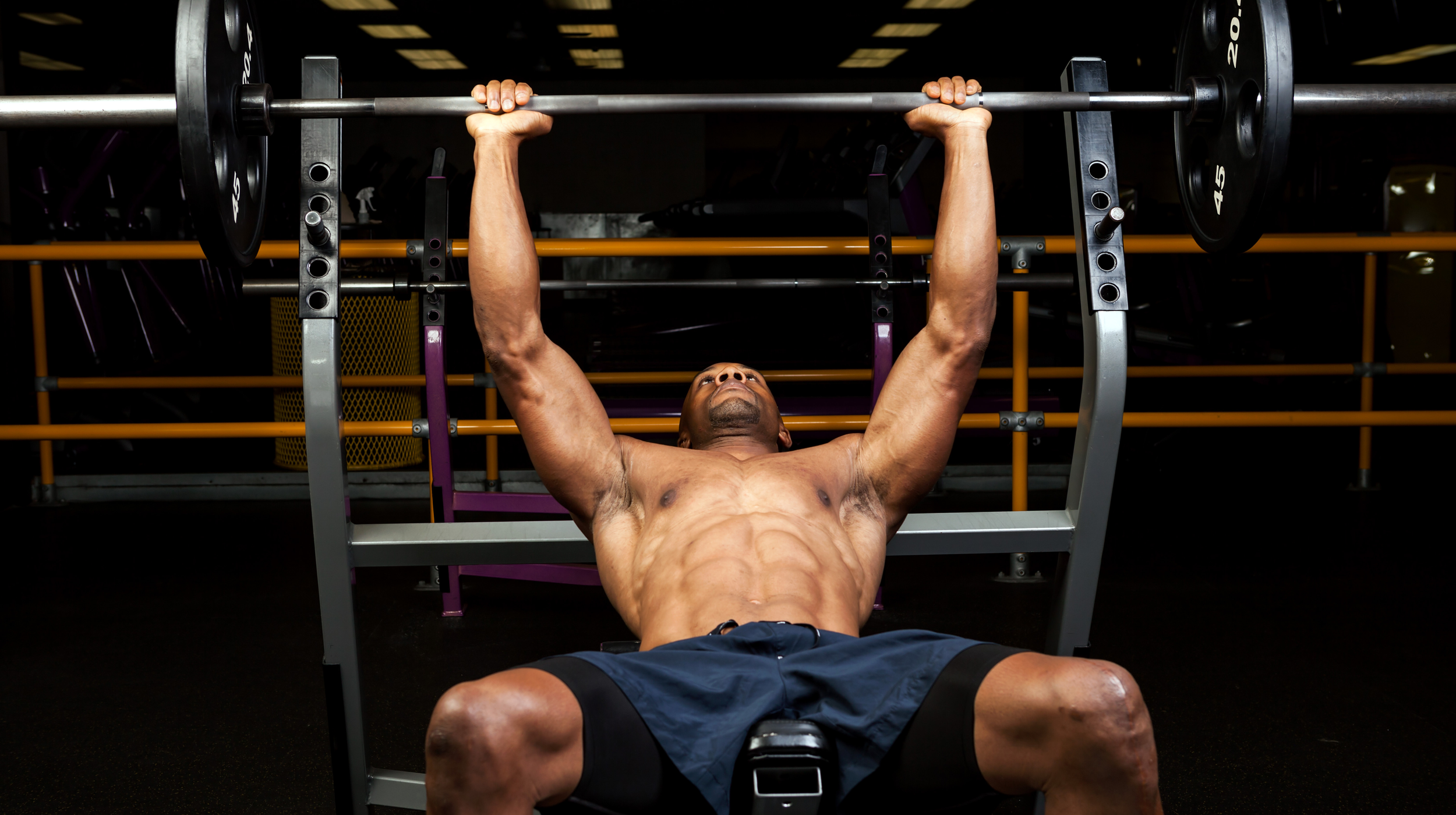3 Other Benefits to Resistance Training
Oct 29, 2019 mindpumpResistance training is definitely on the rise in terms of popularity. A 2018 survey showed that at least 30% of Americans do some form of resistance training, whether it’s lifting weights, doing calisthenics or using resistance bands. This is a VERY good thing. Resistance training provides tremendous benefits for most people when done properly, the most obvious being strength and muscle building. But there are more benefits that are just as awesome. Below I list the top 3 OTHER benefits of resistance training.
Faster Metabolism
All vigorous activity burns calories. In order to get leaner, you have to burn more calories than you take in, or, in other words, you have to take in less calories than you burn. This is a law of physics and you can’t get around it. You also burn calories simply BEING ALIVE. Calories are a unit of measurement that symbolizes energy. Your body needs energy to live and some people need more energy at rest than other people do. They have a “faster metabolism.” Burning more calories at rest is a HUGE advantage. It means you can eat more without gaining bodyfat, and, in today’s world of easy to access food, this is a big deal. Sure, you could burn more calories by working out more, but wouldn’t it be awesome to just burn more calories automatically?
Muscle is an expensive tissue and it accounts for a huge percentage of your body’s total calorie burn. The more muscle you have, the more calories you will burn; and the best way to build muscle is to train with resistance. This fact becomes even more important if you are cutting your calories in an effort to lose weight. Some studies show that almost HALF of the weight people lose through diet alone comes from muscle, resulting in a SLOWER metabolism. How crappy is that…you lose weight but end up with a metabolism better suited for fat gain. https://www.ncbi.nlm.nih.gov/pubmed/28507015. Resistance training mitigates this by encouraging the body to keep, or even build, muscle. For long term fat loss resistance training is the best form of exercise.
Less Pain
Much of the chronic pain in modern societies is not the result of an acute injury or overwork. We sit at desks and look at computer screens. Our bodies mold to fit our chairs with hip flexors getting tight, core muscles weakening, and other “muscle weakening adaptations.” Many people suffer from pain which comes from poor movement patterns due to weak muscles. Muscles move and control your joints. Your joints can move in optimal and suboptimal ways; and properly strengthening the muscles that control them helps to ensure you move the right way. Allowing your body to become weak means your body has to compensate. You give the command to walk or sit or stand or run and your brain tells your body to move in the most efficient way possible. If a muscle is too weak to do its job properly then other muscles will jump in. The result is poor movement and joints that suffer excessive wear and tear. You feel pain.
Resistance training is extremely versatile and can be molded to fit almost any person’s needs. This is not true of other forms of exercise. You can specifically target movement patterns and muscles with resistance training making it the best way to get your body to move well regardless of your particular movement pattern issues. This is why physical therapists use resistance training almost exclusively with their patients.
Strong bodies are also less prone to injury. The stronger your back and supporting core muscles are, the less likely you are to suffer from low back pain. If you can squat or deadlift your bodyweight in the gym it becomes less likely that bending over to tie your shoes or even help a friend move will cause an injury. Getting strong the right way means you move better, and moving well means less pain.
Raises Testosterone
Testosterone is one of the fundamental hormones of the human body responsible for many functions. It helps build strength, is responsible for libido, and helps give us the drive we need to accomplish our goals. Although testosterone is known as “the male hormone,” it’s also an important hormone for women. Low testosterone among women can result in low sex drive, low energy, weight gain and sleep disturbances. Appropriate levels of testosterone are essential for women’s overall wellbeing. For men, having low testosterone can be an absolute disaster, with effects ranging from muscle weakness to higher risk of heart disease, cancer and depression. For men it seems that the higher the testosterone (within normal natural ranges) the better.
Although, when applied properly, most forms of exercise tend to raise testosterone in men with low testosterone, only resistance training raises testosterone in ALL men. In women with low testosterone, resistance training brings their levels up. In women with testosterone in the normal ranges it doesn’t have a testosterone raising effect. In fact, in my experience, proper resistance training is a great hormone balancer in women, while in men it predictably raises testosterone. If you’re a man or a woman and you want optimal testosterone levels you should lift weights or use other forms of resistance training.
Build muscle, get a faster metabolism, move better and promote better hormone health. Sounds like a panacea! Not so fast, the one drawback against resistance is its complexity. There are a billion ways to lift weights or use resistance in your training but there are very few RIGHT ways. Make sure to take your time, practice lifting before you “work out” and read some of these free guides. Do things the right way and you will reap ALL of the benefits of resistance training.







